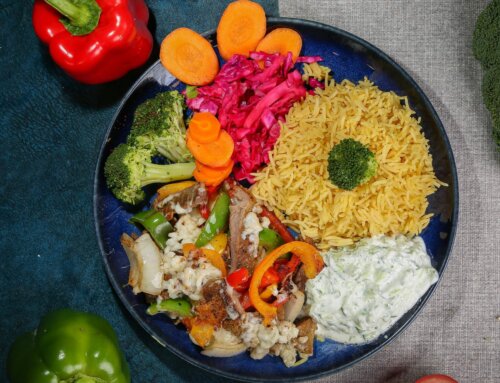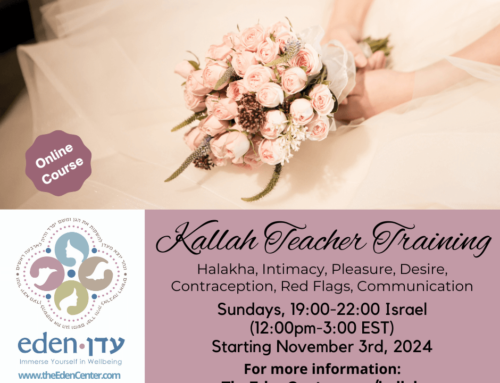It is always difficult to know how and when to raise the idea of niddah with children, but this week’s parsha can help. Many may be reluctant to discuss the parsha this week, thinking that it is not suitable for children, but we encourage you to use it as a safe and neutral teaching experience. Rav Yosef Toledano, who teaches 3rd graders in Mamad Torani Ariel in Modiin presents a beautiful model of how to discuss issues of niddah and teuma(impurity). We thank the Rav for allowing us to publish his ideas on the subject. We have much to learn from the way he treats his students, the Torah and the human body with the utmost dignity.
By Rav Yosef Toledano
Parshat Tazria. The beginning of the parsha deals with a woman giving birth, a yoledet, which leads to a discussion of niddah.
I would like to preface this discussion briefly:
We always treat the topics of tumah and tahara, of women’s impurity and purity, with great modesty and extreme sensitivity. When we encounter these topics in the course of our Torah learning at school we do not hide the meaning of these things from the students, rather, we learn the literal meaning of the text and explain it in a way that is appropriate to their age and development. The goal is not to discuss the nitty-gritty details – just to understand the basics in order to understand the text. We believe that when children are exposed to sensitive topics by a caring, serious and learned role model, who raises these topics in a matter of fact manner with the requisite yirat shamayim, the child also learns to relate to them as normal and serious topics. This approach allows the discussion to serve as the basis for developing a more mature understanding of the topic at a later stage. Here are the main points of what I perceive as important to teach and what I teach in the classroom.
The Yoledet or Birthing Mother
When a young woman reaches maturity, her body is able to hold a pregnancy and go through the process of birth. To this end, God created an organ within the woman’s body – the uterus – in which a fetus can develop. Every month the body prepares the uterus to receive and nurture an embryo by adding blood vessels and other vital substances inside the uterus. But if no embryo begins to form within the uterus, the body makes sure to clean itself out, and all these substances exit the body with blood through a special hole that God created between the woman’s legs. This is called the “blood of niddah“. After a few days the body begins the process anew, preparing the uterus to nurture another potential embryo that could develop the following month. At the time when the blood is clearing the uterus and leaving the woman’s body, the term “tumat niddah” is applied, and at this time, she and her husband are not permitted to touch in intimate ways.
When a woman becomes pregnant, her body provides the fetus with all it needs until the baby leaves her body. If a boy is born, she becomes t’meah (impure) for one week, and then there is a thirty-three day period called “the blood of niddah” or dmei nidda, in which a woman is permitted to be intimate with her husband (tehorah l’baalah), but not permitted to enter the Temple (t’meah la’mikdash). If she has a daughter, the woman is impure for two weeks, and then it is in a state of “dmei nidda for sixty-six days. These are the terms, and this is the language I use in my class, and the children learn and understand these topics innocently and perfectly happily. We also discuss what is appropriate to share and the importance of maintaining modesty in discussing these issues.
May we merit to teach and learn in true purity and holiness.
Rav Yosef teaches Torah at the Mamad Torani Ariel, in Modiin, Israel







Leave A Comment